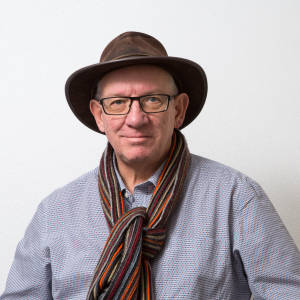Chateau Neubourg
Neubourg Castle is a castle in the Dutch Limburg municipality of Gulpen-Wittem, just west of the village of Gulpen.
An older Gulpen castle is the moat castle Gracht Burggraaf, of which some remains are still visible in the landscape, not far from Neubourg castle. The lords of Gulpen belonged to the knight clan of the Scavendriesen, who had chosen the side of the Geldersen in the Limburg War of Succession. After the Battle of Woeringen, in which Gelre was defeated by Brabant, this old motte was destroyed, perhaps by the lord of Wittem, Arnold II of Julémont, himself a Scavendries who had fought alongside Brabant.
In 1301 the Dom chapter of Aachen sold part of its possessions in this region to this Arnold, who subsequently called himself Lord of Wittem and Nieuwenborgh. In 1344 his successor Gerard sold the glory and the Wittem castle to Johan I Corsselaar van Wittem, and settled on Neubourg. Then his cousin Arnold van Sippenaken inherited the castle.
In 1355 the castle was sold to Tilman van Ophem. This was succeeded by his cousin Jan van Eppenart, and in 1398 it came into the hands of his son-in-law Jan van Eynatten, whose family would hold the house for three centuries. In 1619 junior Adolf van Eynatten became the owner, who laid the foundation for the current house. Whether he built the wings is not certain, but at least he built the tower, the front castle with corner towers and the castle farm.
In 1716, Neubourg was sold to the Aachen cloth merchant Johann Adam von Clermont, whose widow sold it in 1732 to Ferdinand Adolf, Count of Plettenburg and Wittem. He had the house thoroughly renovated in 1734. In 1769 the house was sold due to lack of money to Leonard Bernard, baron de Hayme de Houffalize, mayor of Liège. He had things rebuilt. A deer park was built in the park in 1838, later used as a Maria Chapel. Through inheritance, in the course of the nineteenth century, the castle came into the hands of the De Marchant et d'Ansembourg family. Father and son Oscar and Iwan de Marchant et d'Ansembourg were both mayors of Gulpen. Iwan's son, Max de Marchant and d'Ansembourg, was a well-known NSB member and was, among other things, a member of the Upper and Lower Chamber and the governor of Limburg during the Second World War.
During the Second World War, the house was used as a boarding school by the Jesuits priests, while the owners lived in the outbuildings. Towards the end of the war, it was used as the headquarters of the US Army. In 1952 it was used as a hotel restaurant. Since 2004, the castle has been privately inhabited again and restoration work is taking place.
Today it looks more like an abandoned and uninhabited castle. Some sheep are walking around and it is fenced off. So there is absolutely no question of habitation. Not for long and it is a real urbex place.

Comments
Sign in or get an account to comment.


